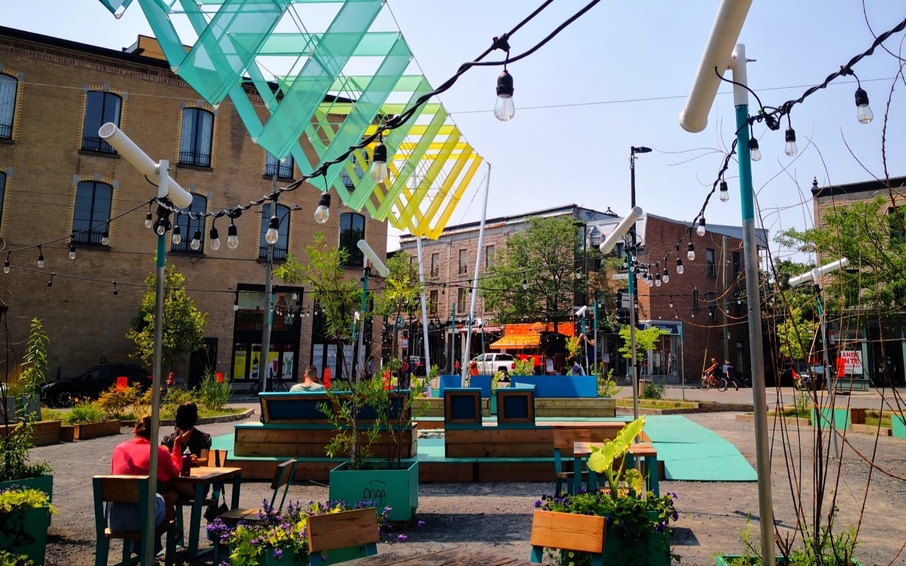Valérian Fraisse vient d'obtenir son doctorat à l'université McGill de Montréal en cotutelle avec Sorbonne Université. Il a été accueilli par les laboratoires CIRMMT (université McGill) et STMS de l'IRCAM. Il effectuera une présentation de sa thèse intitulée " De l'art sonore au paysage sonore : une démache de recherche-création pour concevoir et évaluer des installations sonores dans l'espace public".
Résumé :
L'expression artistique à travers le sonore a toujours fait partie de nos villes, qu'il s'agisse de musique de rue, ou plus récemment d'installations sonores. Ces formes d'expression nous rappellent que le sonore n'est pas simplement une forme de pollution résultant du fonctionnement des villes, mais également une ressource pouvant avoir des effets tout aussi bien positifs que négatifs. La recherche sur le paysage sonore permet d'envisager cette réalité complexe, à travers une approche du sonore centrée sur l'humain dans la conception de nos villes. Alors que cette approche scientifique est bien établie, peu de démarches informées par la recherche sur le paysage sonore sont mises en pratique. En particulier, il y a eu peu de tentatives de proposer des méthodologies issues de la recherche sur le paysage sonore pour aider les artistes sonores à concevoir des installations sonores dans l'espace public, et seules quelques études ont trait à l'impact de ce type d'œuvre sur le paysage sonore urbain. Plus de recherche est requise pour mieux comprendre la relation entre la conception d'une installation sonore et ses effets sur le paysage sonore, tout en fournissant aux artistes les ressources nécessaires pour évaluer systématiquement l'impact de leur œuvre avant et après déploiement. Pour combler cette lacune, cette thèse étudie la perception sonore des utilisateur·ices de l'espace public en présence d'art sonore à l'aide de méthodes mixtes combinant des enquêtes, des mesures acoustiques et des entretiens, sur site ou en laboratoire. Cette dissertation apporte des contributions théoriques, méthodologiques et pratiques. Les études ont permis d'examiner la relation entre la nature d'une composition et son impact sur le paysage sonore, tout en remettant en question l'ajout de sources sonores génériques - telles que les chants d'oiseaux et les sons de cours d'eau. En outre, ces études ont conduit au développement d'une méthodologie reproductible et flexible pour la conception d'installations sonores dans l'espace public, sous la forme d'un cadre de collaboration recherche-création en quatre étapes. Des outils méthodologiques ont été proposés pour chaque étape, dont un outil d'analyse du niveau sonore, un outil de simulation du paysage sonore et un questionnaire. Enfin, les collaborations ont fourni des données inestimables aux artistes sonores dans leur processus de création et ont constitué un moyen de promouvoir leur travail auprès des acteurs publics
